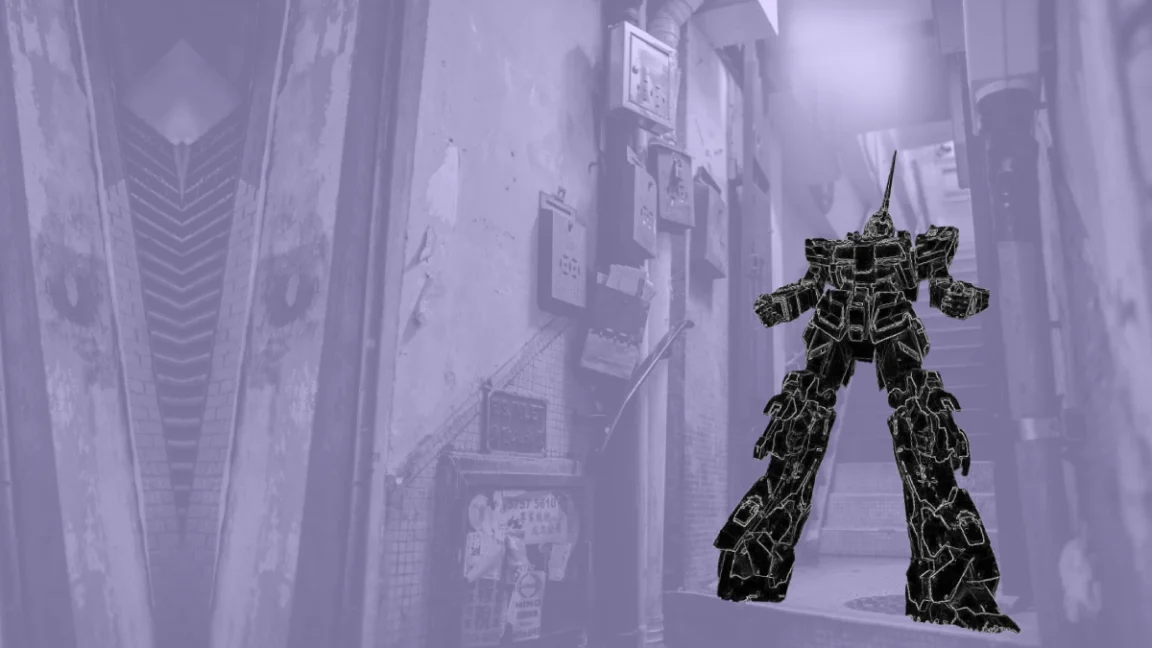After school in the late seventies, I would sprint down cracked sidewalks with my book bag slapping against my side, lungs burning, determined to make it home in time for Force Five. The series aired in syndication, one episode each weekday, thirty minutes of pure escape. Monday brought Gaiking, Tuesday was Danguard Ace, Wednesday gave me Starvengers, Thursday delivered Grandizer, and Friday closed the week with Spaceketeers. Each show ran only twenty-six episodes in its American version, edited from much longer Japanese originals, yet to me they felt endless. Together, they formed a kind of secret society of metal titans and brave pilots who carried the fate of entire worlds on their shoulders.
At that time, my real world was far less heroic. I lived in a strict household where every action seemed measured against impossible standards. School was another battlefield, filled with conflicts that left me quiet and uncertain. But when the Force Five theme began to play, I was transported. The television light filled the living room like a portal. I watched mechs launch from hidden bases and soar into alien skies. Each half hour restored something that daily life eroded. For a boy searching for courage, those stories were a form of survival.
The thrill came not only from the spectacle of explosions and cosmic battles but from the ideas behind them. Gaiking’s mechanical dragon and Danguard Ace’s space exploration spoke of science as hope rather than threat. Starvengers combined teamwork and transformation in a way that felt revolutionary to a child raised on American cartoons. Grandizer carried an almost mythic tone, its hero exiled yet unbroken. Even Spaceketeers, with its mixture of fantasy and futuristic adventure, hinted that humanity’s heart could stretch across the stars. Each show shared the same belief: that imagination could repair what fear had broken.
Looking back, I realize that science fiction was never a distraction from reality; it was a means of exploring it. It was my way of understanding it. The lessons those pilots learned—sacrifice, resilience, faith in something greater—became the framework through which I processed my own life. Writing about real events and fictional ones now feels like tracing two paths that were never separate.
Decades later, when I began using Sora 2, that old electricity returned, and the platform allowed me to create Grandzinger, my personal tribute to the Force Five legacy. In that short film, a pilot stands inside a towering machine as light pours through a cockpit window, shouting into a rising score that echoes the energy of 1970s anime. It is not nostalgia for its own sake. It is a continuation, a way to finish the sentence that those shows began. Sora 2 is not flawless, but it opens a door that once seemed sealed.
Force Five taught me to dream. Grandzinger reminded me that dreams can evolve into creation. The child who once ran home to watch Heroes of Metal and Flame has become the storyteller, shaping his own galaxy one frame at a time.
Created with Sora 2, Grandzinger — Launch Sequence continues the dream that began with Force Five. What was once a broadcast from another planet has become a work of my own, built from memory, motion, and faith in the future.

